Do you like speed bumps? (Or speed humps, judder bars, lomos de burro, or sleeping policemen, depending on where you are from.) I didn’t think you did. Who does? I used to dislike them like everyone, but then I received a lesson from a 2-year-old: a lesson in acceptance.
Not that my son is (or was) a buddha-like creature in most ways. But when he was 2 and I would take him to daycare on my bicycle, every time we hit a speed bump, he would say “more up-downs?” He’d say it the way he would ask for another cookie.
A lesson from a 2-year-old: Learning to love
I still don’t love speed bumps. But even now every time I hit one, I hear his gleeful voice in my head and I can’t help but smile. As a result, speed bumps no longer bother me quite so much, even though they still slow me down, and still jar my back. In other words, pain is guaranteed, but suffering is entirely optional, and always self-imposed. We can’t avoid all the speed bumps on the road of life, but we do have the power to decide how we feel about them, whether we let them bother us, and how much. We have the power to decide whether they can actually be welcome opportunities to literally slow down, or whether they are nothing but pesky impediments.
Speed bumps in your practice
Your yoga practice is an ideal microcosm for practicing the art of acceptance. Are there aspects of your yoga practice that you resent, that you dislike? Perhaps a certain pose, or class of poses (hamstring stretches, arm balances, plank pose)? This week, I want you to become fully aware of these feelings of aversion. And then I want you to practice letting go of the negativity that (dis-)colors your perception of the world, to see if you can experience those poses for what they are, in all their difficulty and possible awkwardness, but also their beauty, without the subtext of your self-imposed suffering. And if you can begin to do this in your yoga practice, your ability to let go of your suffering may just start to creep into the rest of your life as well.
A lesson from a 2-year-old: Try it now
Come into a pose you usually avoid. Listen carefully to the thoughts and emotions that are triggered by the physical discomfort of the pose. Do you experience feelings of inadequacy, impatience, fear, aversion? Observe your mental reactions with genuine curiosity, and without attachment. Breathe into the physical discomfort, and see if that diminishes it. Then practice letting go of the aversion. Be quietly present for the actual sensations without imposing your ideas about them. See how that simple (and yet oh so difficult) act transforms your experience of the pose. Then apply that lesson from a 2-year-old to the rest of your life, and see how your perception of the world gradually becomes less distorted by your pre-conceived notions, and how your level of contentment gradually increases.
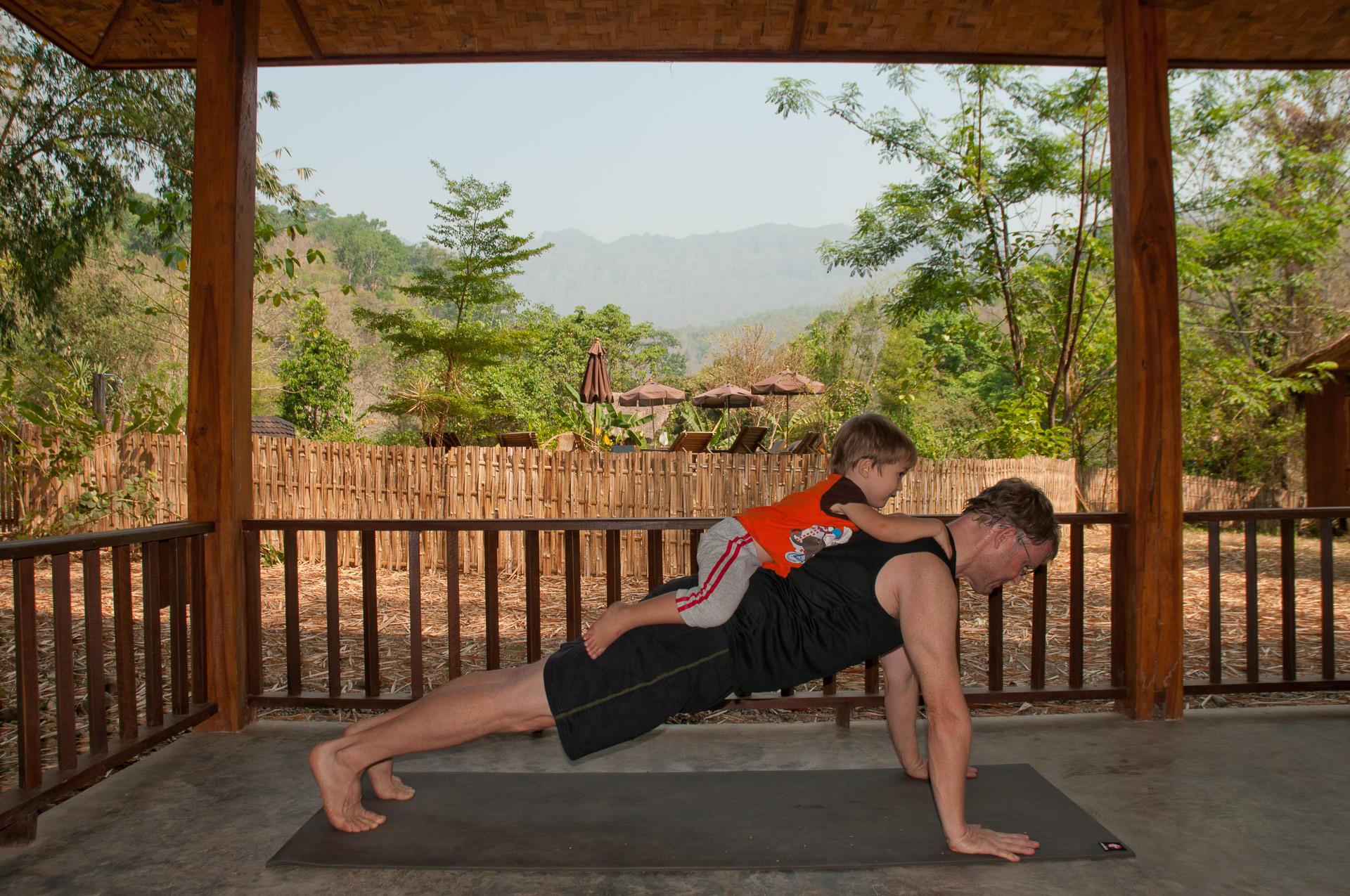
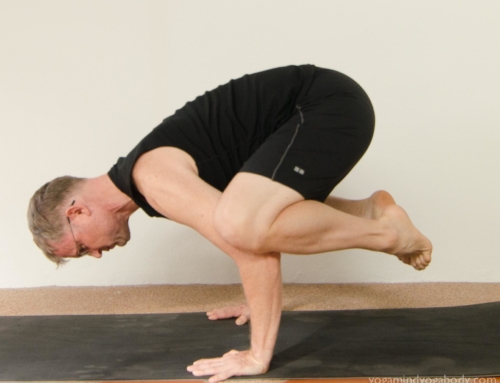
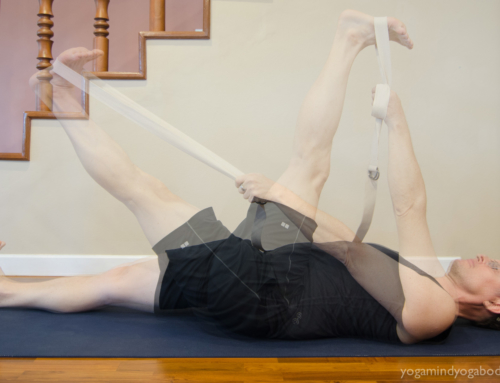
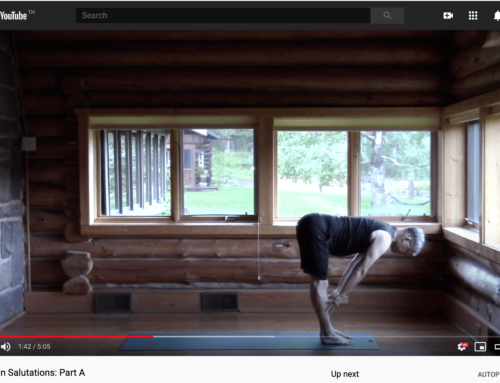
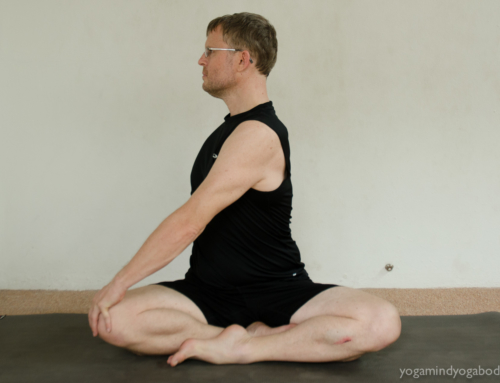

Really enjoyed! Good svadhyaya
Thank you.